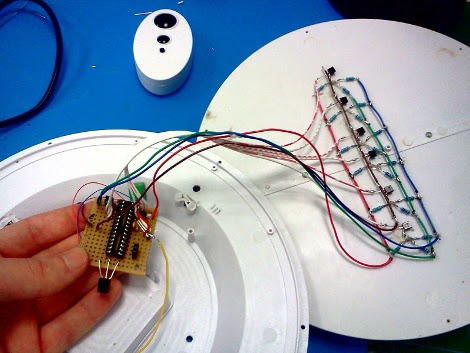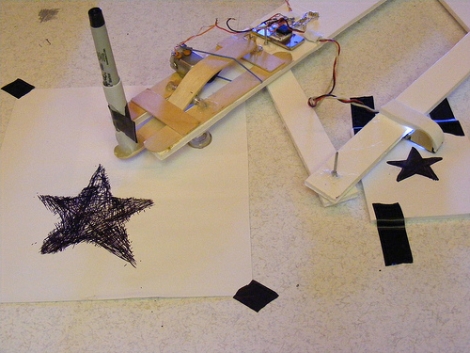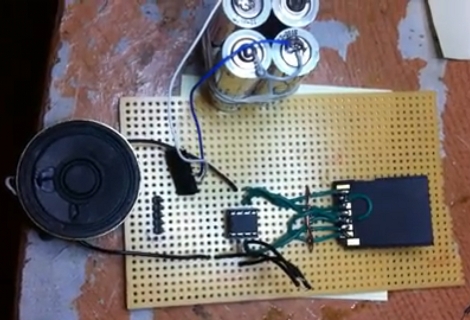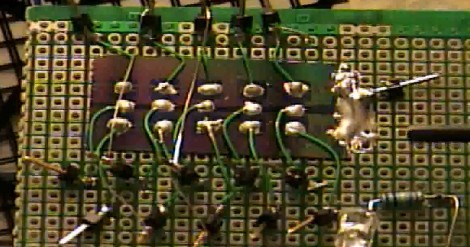
When [Simon] fried his 3A rated FET with just 500mA of current he wrote it off to an inability of the SOT23 package to dissipate the heat without a heatsink. For the next iteration of the project he upgraded to a 12A rated part. Luckily he decided to test the circuit one more time before sending his board off for fab. He threw together this constant current load test which led him to discover his failure.
The switching circuit, which was for his home security system project that we’ve seen at least twice, worked just fine up to 500mA. But when he drove it above that threshold the package quickly warmed up. It got so hot that it actually reflowed its solder joints! The problem has to do with oscillation, but even with further testing he couldn’t get the FET to reliably shut off all the way. Take a look at his fail write-up linked at the top and then let us know some possible remedies for the situation.
 Fail of the Week is a Hackaday column which runs every Wednesday. Help keep the fun rolling by writing about your past failures and sending us a link to the story — or sending in links to fail write ups you find in your Internet travels.
Fail of the Week is a Hackaday column which runs every Wednesday. Help keep the fun rolling by writing about your past failures and sending us a link to the story — or sending in links to fail write ups you find in your Internet travels.

















